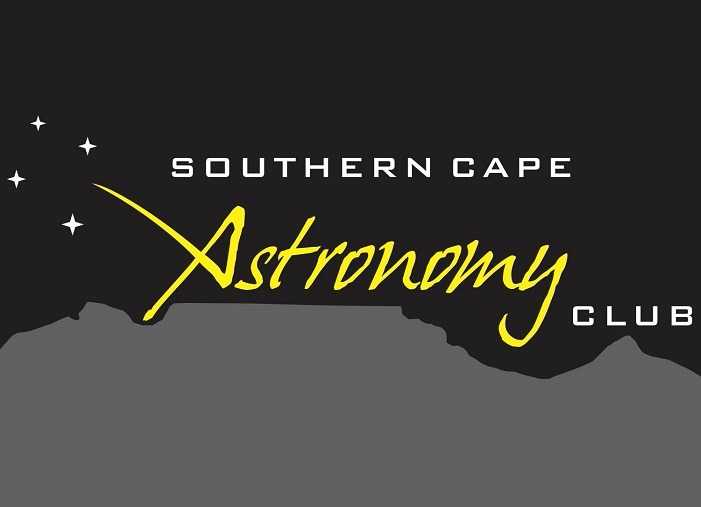Lunar Occultation of Saturn & Titan
The Moon occults Saturn and it's largest moon Titan early on Friday morning...
If you look straight up at this time of the year after sunset, the first star to pop out during twilight is Sirius, the Dog Star. Also known as Alpha Canis Majoris. It is the brightest star in the night sky, and the brightest star in the constellation Canis Major (The Greater Dog). It is nearly twice as massive and 25 times more luminous than our Sun. Sirius, meaning "glowing or scorching" (Greek) is almost twice as bright as Canopus, the next brightest star, situated roughly 35 degrees south from Sirius. With the naked eye we see a single star, with a large aperture telescope a faint white dwarf companion, Sirius B is visible. The companion varies in distance between 8.2 and 31.5 AU's (astronomical units), and is 10 000 times fainter than Sirius. This extremely dense star packs the mass of our Sun into a sphere about the size of the Earth.
Sirius appears bright because of its proximity to Earth (8.6 light years), as well as its intrinsic luminosity. Sirius and its companion are between 200 and 300 million years old and originally composed of two bright stars. The more massive of these Sirius B, consumed its resources and became a red giant before shedding its outer layers and collapsing into its current state as a white dwarf around 120 million years ago.
Nova ASASNN-18fv is well placed for Southern hemisphere observers, recent reports suggest that the magnitude is between 6 and 7 and just visible to the naked and an easy target for binoculars. The discovery was announced on March 20, 2018 by All Sky Automated Survey for SuperNovae.Pre-discovery images have been matched to a star of Gaia magnitude 20.1.
Southern Cape Astronomy Club meets at least once a month for stargazing or observation evenings close to new Moon or during astronomical related events. The well-established club is based in Pearly Beach just outside Gansbaai.
View ProfileXplorio is your local connection allowing you to find anything and everything about a town.
Read MoreThe Moon occults Saturn and it's largest moon Titan early on Friday morning...
Jaco Koekemoer provided an excellent description of the event "Suddenly out of the corner of my eye, I saw a blinding gold-coloured flash in the direction of Gansbaai.
Come and catch some starlight and join us on the Village Green at Pearly Beach for an evening of stargazing...
Where to find the naked eye planets in March and comet C/2018 Y1 (Iwamoto) is visible in our evening skies...
It's full moon tomorrow 19 February 2019 at 17:54.
At magnitude +5 the comet is an easy binocular and naked eye target...
